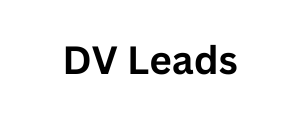Google Page Experience Have you been bitten
6act3 | Posted on |
There is a lively debate surrounding page experience and core web vitals (LCP, FID, CLS). I believe the new requirements are something all sites should strive to meet. Why is that so? Well, because this trend will be actively promoted and lobbied by Google for a long time.
The same goes for the switch to HTTPS (which is actually part of the page experience). Since we first recommended HTTPS, it’s now harder to rank high without it.
The problem is that the number of sites is growing exponentially.
Google Page Experience and Core Web Vitals What
However, the bandwidth of Internet devices has not increased that much. It is already difficult for Google to index this number of sites, especially when the speeds are very slow.
For the same reason, Google began actively promoting HTML5 semantic Whatsapp Data tags. Search can no longer take the time to identify meaningful areas of content because it does not have enough time or power. That’s why you need to use semantic tags. Otherwise you will have problems with ranking and indexing.
What is the largest content paint (LCP) and how to improve this parameter
This parameter reflects the loading speed . To be convenient, the page LCP value should be less than 2.5 seconds from the start of loading. Roughly speaking, this is the speed of loading the first screen, or rather its biggest fragment.
This parameter reflects the interaction. For comfortable use of the site, the FID value must be less DV Leads than 100ms. Roughly speaking, this is how quickly your site responds to button clicks. How quickly everything starts to change.
The CLS value must be less than 0.1 for the page to be usable. The CLS value is calculated by a special formula that is not clear to anyone. The less movement there is after a page load, the lower this metric will be (ideally 0). CLS reflects visual stability.


Leave a Reply